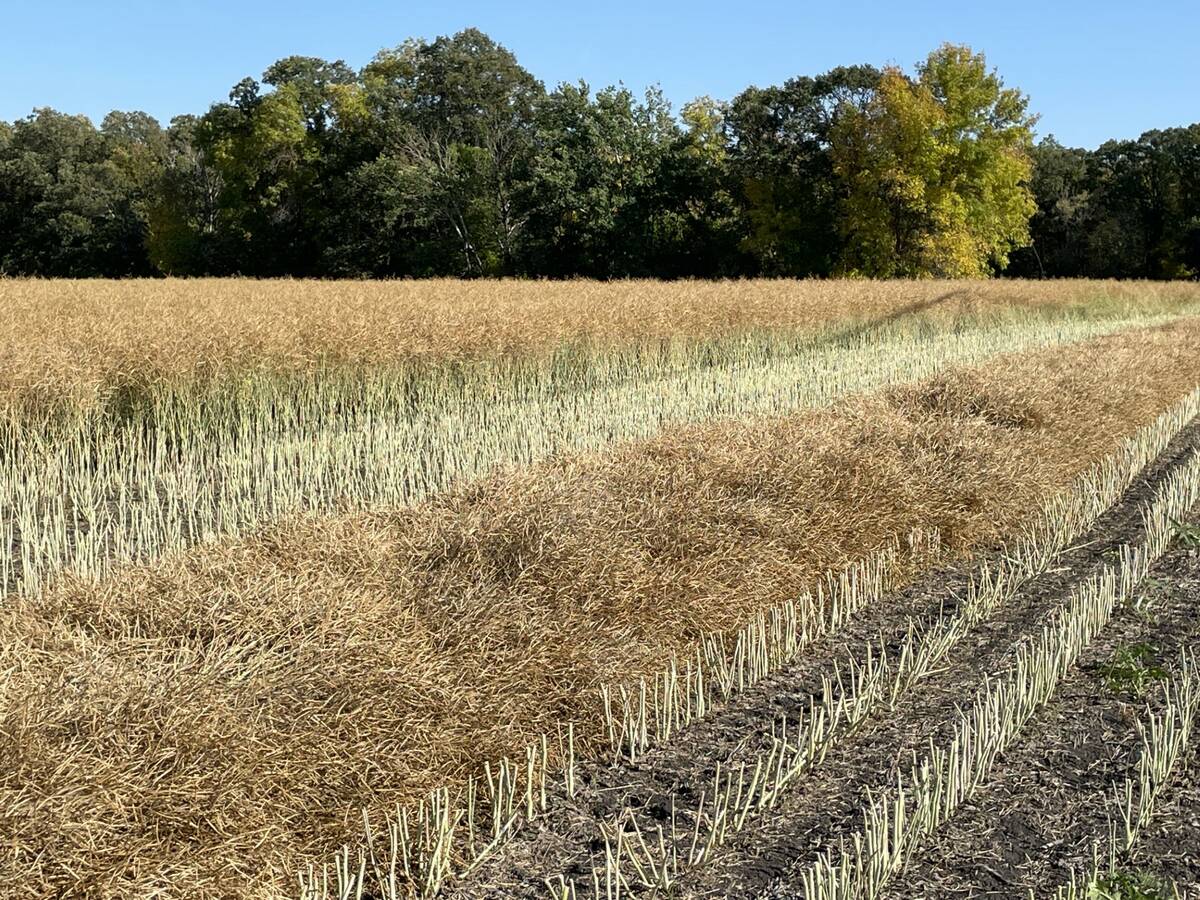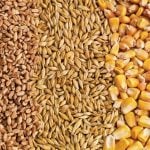Nothing operates on its own — especially when it comes to the markets.
Markets are just a series of interconnected economic, political and social dominoes that act and react with one another as they drift through time and space together. What happens in one area can have a large or small effect on another area right away, or over time.
Currencies, grains and energy markets are particularly interlinked because of their more immediate influence on each other. With all three markets attracting a lot of attention lately, it’s important to understand their past to better understand their potential future. And while this is nothing new and that past performance may not be indicative of future results, an update of the facts and figures can keep these important market connections top of mind.
Read Also

Should you believe boots on the ground or satellites in the sky on Canadian canola production?
Questions remain over just how much canola was grown in Canada a year ago, and whether the satellites and computer models now producing most estimates are as reliable as ground-level surveys, given the data’s weight on canola prices.
Crude measure
The king of all commodities, crude oil, has a natural connection with oilseed crops because they are both energy sources, and increasingly so from rising biofuel industry demand. For example, about a third of all palm oil, the largest oilseed crop worldwide, is used by industry, most of which is the production of biodiesel, based on USDA figures. Likewise, for canola or rapeseed, over a quarter is destined for the industrial market due to its high oil content. And for soybean oil, industrial consumption makes up 20 per cent of demand. Fuel prices will in turn pull up corn and to some extent wheat for their ethanol value which supports other grain markets like oats, durum and specialty crops because they are all food items.
Relationships
Recent research by the CME Group further shows these inter-market connections. Their report, Crop Prices and Inflation: What is the Relationship?, points out that while “crop prices often move independently of overall inflation, sharp rises in crop prices coincided with higher inflation occasionally, notably in 1973 and 2021. The surge in inflation in 1973 coincided with two other events: the Arab oil embargo, which sent the price of oil from $3 per barrel to $14 almost overnight, and the U.S.-Soviet Union wheat deal.” Then in another instance of these close interrelationships, “beginning in 2002 there was a global rally in commodity prices that was driven by the exceptionally strong growth of the Chinese economy, as well as investment flows from commodity and hedge funds that pushed up commodity prices.” Also, “the close connection between crop and energy prices is driven by both the supply-and-demand side of the equation. On the demand side, higher or lower energy prices can raise or lower the demand for biofuels. On the supply side, higher or lower energy prices can increase or decrease the cost of producing agricultural goods which involves energy at almost every stage, from planting to harvesting to shipping.” A long-term chart of both crude oil and corn price going back to 1995 certainly bears this out.
Greenback
And finally, what about the U.S. dollar and grain prices? Typically, a strong U.S. dollar has been an anchor holding back grain prices denominated in U.S. dollars. In fact, 30 years of history show a negative correlation or inverse connection of about -60 per cent between the U.S. Dollar Index and a basket of wheat, corn and soybeans futures. This means that most of the time, corn, wheat and soybean futures move in the opposite direction of the U.S. dollar, often going up when the U.S. dollar goes down and vice versa. Over the long haul, this inverse effect of a strong dollar can have a powerful negative impact on commodity prices. And, with the United States currently the only major economy with decent forward momentum relative to other large countries, this U.S. dollar uptrend could continue.
So now we’re in an unusual situation where both grain prices and the U.S. dollar are trending higher. Keep in mind that grain prices would still be high right now regardless of the foreign exchange markets given the Russian invasion of Ukraine, global inflationary pressures, persistent drought conditions in some growing areas around the world, excess moisture in others with a lot of the growing season and weather still ahead of us. But since the currency market is massive compared to the global grain trade, will grain prices blink first?
Two to watch
Bottom line, keep a very close eye on both crude oil and the U.S. dollar since history has shown that these two have a major influence on grain prices. The real value in this is not just in knowing this information but incorporating this analysis into your marketing plan. Then together with flexible options and futures hedging strategies, it can really help you navigate the current marketing environment, regardless of whether the existing shorter-term trends persist or if the historical longer-term patterns prevail.



















